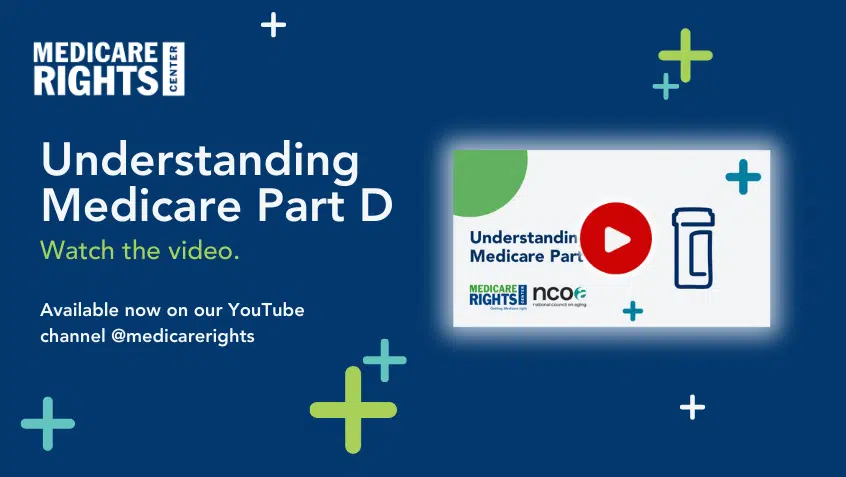Join Us Live for a Discussion on Medicare, Democracy, and the Future of Health Care
Report Sheds Light on State Long-Term Services and Supports

Long-term services and supports (LTSS) encompasses a range of assistance that helps older adults and people with disabilities with activities of daily living such as bathing, dressing, and toileting, as well as other needs like managing medication. LTSS may be provided at home, or in institutional-based settings like nursing facilities or adult daycare. In the US, Medicaid is the largest payer for LTSS, paying $207 billion in 2021. Medicare is second, at $92 billion.
Because Medicaid is the major source of LTSS funding, states play an important role in ensuring people get the help they need. In late September, AARP released its annual LTSS State Scorecard, which ranks states by their strengths and weaknesses in offering appropriate LTSS. The scorecard uses several measures to analyze state LTSS systems, with a focus on five domains: 1) affordability and access; 2) choice of setting and provider; 3) safety and quality; 4) support for family caregivers; and 5) community integration.
The five strongest performers of 2023 are Minnesota, Washington, District of Columbia, Massachusetts, and Colorado. The five poorest performers are West Virginia, Alabama, South Carolina, Mississippi, and Tennessee. The scorecard found some progress in state funding for home- and community-based services (HCBS)—meant to help people stay safely at home rather than having to move into a facility—with more than half of LTSS spending going to HCBS rather than institutional care for the first time. The report also shows progress in enrollment in self-directed programs that allow people more control over what services they receive and from whom, with 35 states showing increases of 10% or more.
Other findings are more mixed. For example, the report flags several major issues across all or most states: workforce challenges, the need for better supports for family caregivers, lack of equity in the amount of care provided across communities, and inappropriate use of antipsychotics. In the access to care domain, the report shows a rise in home care costs and a decline in the availability of adult day services.
At Medicare Rights, we applaud the gains some states have made in achieving a high-performing LTSS system. More can be done, including by setting appropriate staffing standards, improving staff stability for LTSS providers, and increasing funding for HCBS to reflect the importance of and need for those services.
Show Comments
We welcome thoughtful, respectful discussion on our website. To maintain a safe and constructive environment, comments that include profanity or violent, threatening language will be hidden. We may ban commentors who repeatedly cross these guidelines.
Help Us Protect & Strengthen Medicare
Donate today and make a lasting impact
More than 67 million people rely on Medicare—but many still face barriers to the care they need. With your support, we provide free, unbiased help to people navigating Medicare and work across the country with federal and state advocates to protect Medicare’s future and address the needs of those it serves.
The Latest
Most Read
Add Medicare to Your Inbox
Sign up to receive Medicare news, policy developments, and other useful updates from the Medicare Rights.
View this profile on InstagramMedicare Rights Center (@medicarerights) • Instagram photos and videos









